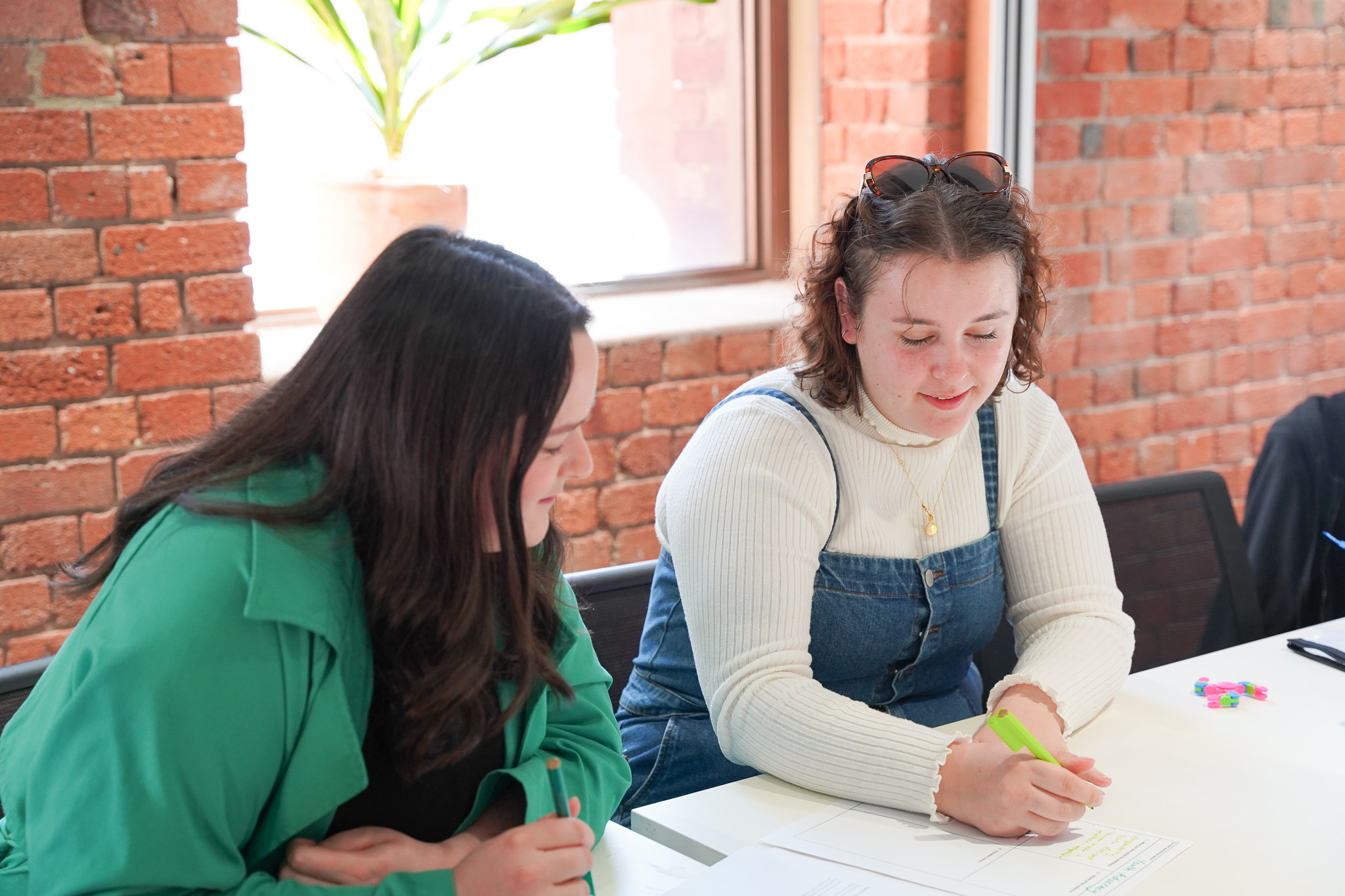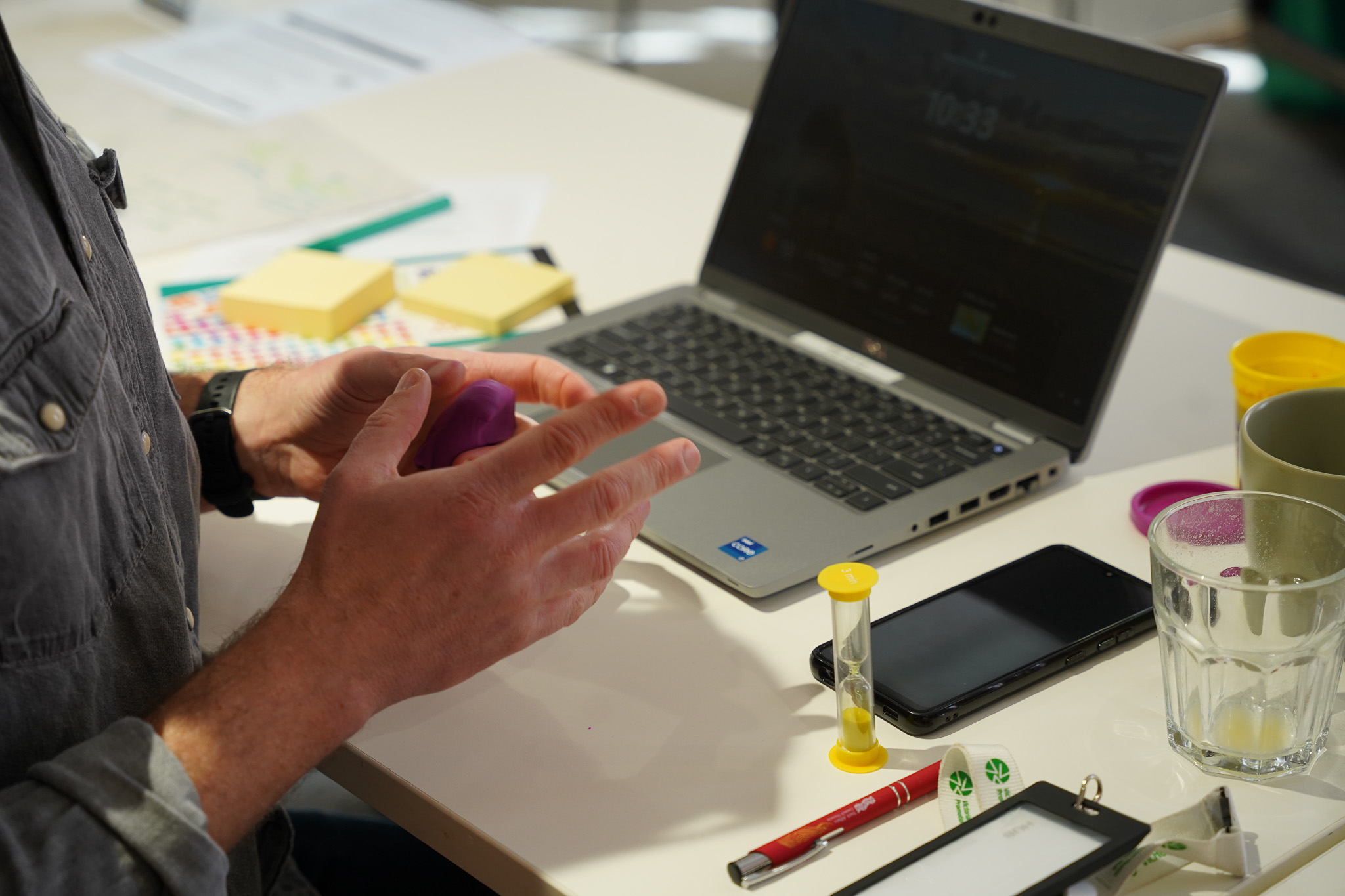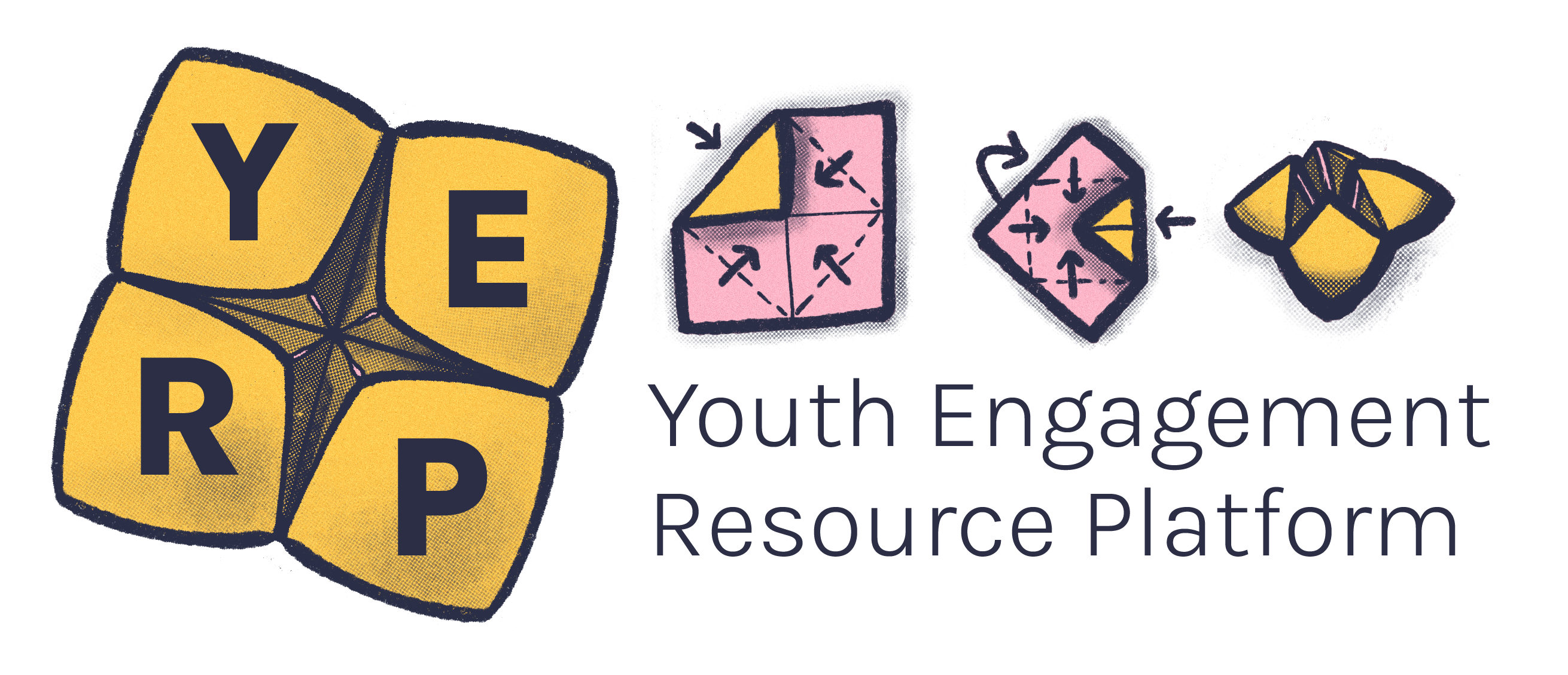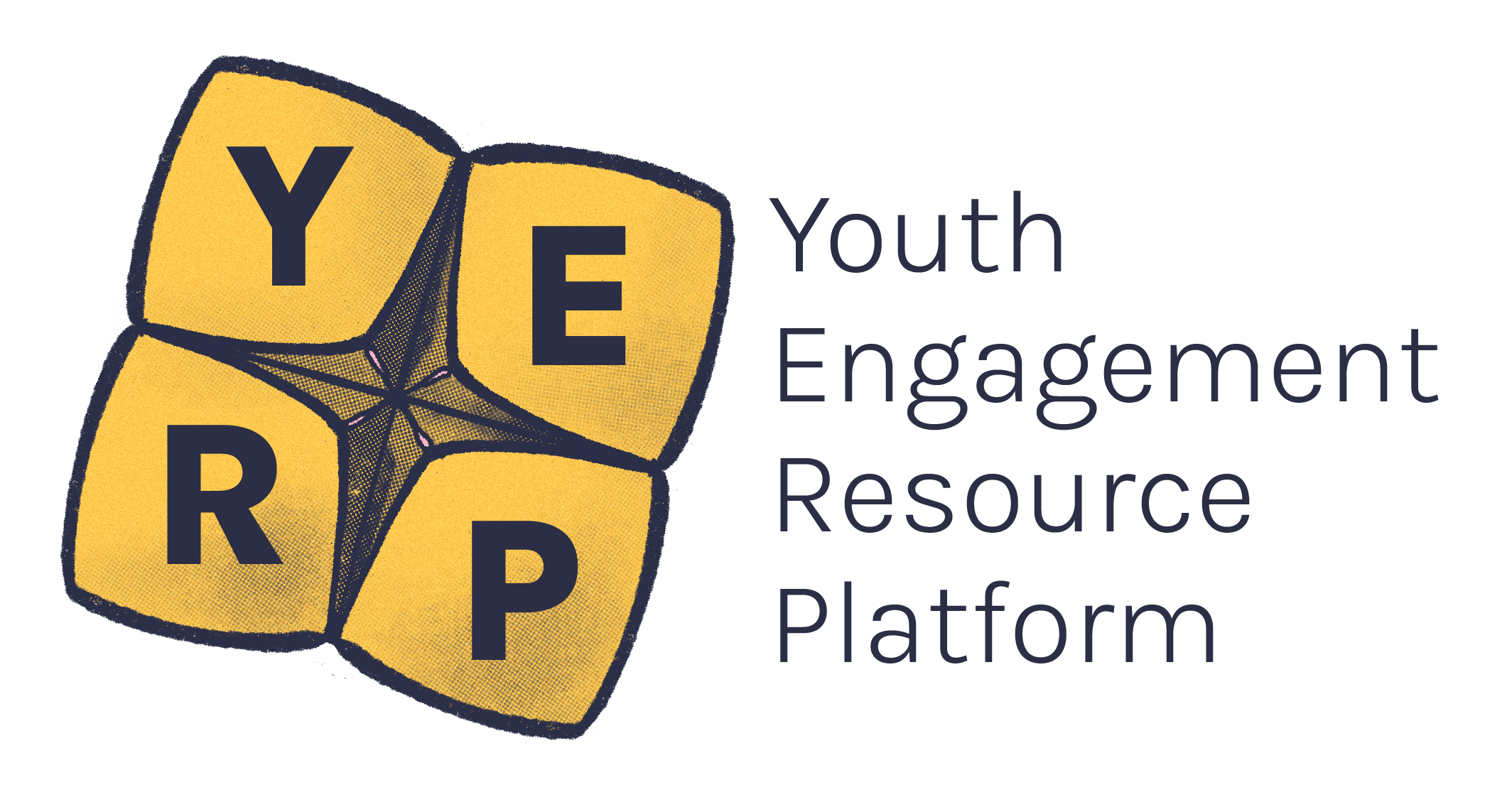The Child Safe Standards exist to prevent child abuse and harm from happening in organisations. They are necessary because they drive improvements and cultural change across the youth sector, as well as for agencies who have a responsibility working with children and young people regardless of the setting.
The Child Safe Standards work together to provide a framework to create a child safe organisation.
The standards aim to:
-
Promote the safety and wellbeing of children and young people
-
Prevent child abuse
-
Ensure organisations and businesses have effective systems and processes in place to respond to and report all allegations of child abuse.
Betrayal of Trust Inquiry (2012)
Commencing in 2012, the Victorian Government lead a parliamentary inquiry, called the Betrayal of Trust Inquiry into the handling of child abuse by religious and other non-government organisations.1
The 2013 Betrayal of Trust Report, proposed a number of recommendations for institutions and organisations working with children and young people regarding the handling of and responses to child sexual abuse allegations.1
This inquiry contributed to the establishment of the Victorian Commission for Children and Young People (CCYP). The Commission promotes the safety, wellbeing and rights of children and young people across Victoria and oversees both the Child Safe Standards and Reportable Conduct Scheme. The Commission does this by talking with governments and organisations about ways to support children and young people and keep them safe. The Commission’s role is to educate, support and regulate organisations that work with children to prevent child abuse.1
Broadly, the Betrayal of Trust Report identified problems with agencies having poor practices, unhealthy cultures and a failure to respond. Alone or combined, these can result in lifelong consequences for children and young people in areas such as relationships, employment, mental health and substance abuse.1
Royal Commission into Institutional Responses to Child Sexual Abuse (2013)
In 2013, the Australian Government launched a Royal Commission into Institutional Responses to Child Sexual Abuse. Its final report was handed down in 2017.2
The Commission’s final recommendations emphasised that members of the public, children and young people, parents, carers, families and communities should feel confident that organisations working with children provide safe environments in which children’s rights, needs and interests are met.2
Victorian Child Safe Standards (2016), National Child Safe Principles
The Victorian Child Safe Standards draw on recommendations and responses from both these inquiries. CCYP gives a great overview of why we need the Child Safe Standards.
The National Principles for Child Safe Organisations draw on the work of the Royal Commission, Australia’s Children’s Commissioners and Guardians, and the 2005 National Framework for Creating Safe Environments for Children. They provide a national approach to embedding a child safe culture across all sectors of Australian society in which children and young people are involved.3
The Victorian Government responded to the Royal Commission into Institutional Responses to Child Sexual Abuse and did not reject any of the 409 recommendations. The Victorian Government committed to report annually on their implementation progress for five years from 2018 – 2022.2
Australia has National Principles for Child Safe Organisations that set out a national approach to promoting a culture of child safety and wellbeing within organisations. The principles outline 10 elements that are fundamental for making an organisation safe for children and young people.3
The 10 National Principles are:3
In Victoria, Child Safe Standards work by:
-
driving changes in organisational culture – embedding child safety in everyday thinking and practice.
-
providing a minimum standard of child safety across all organisations.
-
highlighting that we all have a role to keep children safe from abuse.
Victoria has 11 Child Safe standards which work together with the National Child Safe Principles. In 2022, Victoria’s Child Safe Standards were updated to better align with the National Principles.4,5
Victoria requires organisations to establish a culturally safe environment in which the diverse and unique identities and experiences of Aboriginal children and young people are respected and valued (Child Safe Standard 1).5
Access the plain language summary of the Child Safe Standards and an information sheet.5
As a youth worker, or Victorian organisation that provides services or facilities to children and young people, you are legally obligated to comply with the Child Safe Standards to ensure everyone is kept safe at all times.
The National Principles are implemented differently in each state and territory, however any agency in receipt of funds from the federal government must comply with the Principles and in many cases, the Commonwealth Child Safe Framework as well.
Schedule 1 of the Child Wellbeing and Safety Act 2005 sets out the categories of organisations and businesses that need to comply with the Child Safe Standards – check this out to see whether it applies to you. You can also refer to CCYP’s website.
Two young YACVic workers collaborating on a writing activity.

Many organisations shifted their services and activities online in response to the COVID-19 pandemic, as well as establishing new methods to engage with young people digitally through video conferences, online forums and social media.6
Working with children and young people online is certainly positive and is great for accessibility, but it does pose new considerations and situations to navigate regarding child safety.
Organisations should continue to ensure the Standards are applied throughout all activities, regardless of whether they are online or in-person.
The Commission for Children and Young People has some suggestions and considerations on how to comply with Child Safe standards in an online context. They include, but are not limited to:6
-
Undertake risk assessments for online activities with children and young people.
-
Careful and specific selection of online platforms, and the use of privacy and security settings to create a safer online environment.
-
Use existing programs to monitor and filter activities.
-
Avoid using children and young people’s real names in emails, as it makes it easier for others to identify and contact them.
-
Having clear rules around social media and its use.
-
Making parents and carers aware of any online accounts created for their children so they can further support their safety online.
-
Establish appropriate oversight practices and safeguards for any one-on-one contact with children over phone or video link.
-
Limiting one-on-one services to situations in which a parent or carer can be in the room with the child or where parental consent is given; clearly scheduling and documenting any one-on-one contact.
-
Ensuring staff do not contact children or young people through their personal phones or email addresses; or requiring staff to obtain senior authorisation or include managers in certain communications.
-
Communicate clear expectations for behaviour in online settings to children and young people.
-
Assess whether online platforms used to deliver services are secure and appropriately protect the children using them.
For more information, check out the eSafety Commissioner’s 'Tips for online collaboration tools' and Child Family Community Australia’s resource sheet which provides guidance and best practice guidelines for child safety and the use of images of children online.
Your organisation should have documents in place to help guide you and clarify these boundaries. These documents could include a Child Safe Code of Conduct, Information and Communication Technology (ICT) and Social Media policies and other guidelines that detail how people in your organisation interact with young people in online spaces.
YACVic worker sitting with a laptop.

- Victorian Government. (2018). Victorian Government Responses to the Royal Commission into Institutionalised Child Sexual Abuse. https://content.vic.gov.au/sites/default/files/2019-11/Vic_Government_Response_Royal_Commission_into_Child_Sexual_Abuse_Report.pdf
- Victorian Government. (28 April 2023).Victorian Government Responses to the Royal Commission into Institutionalised Child Abuse. https://www.vic.gov.au/victorian-government-response-royal-commission-institutional-responses-child-sexual-abuse
- Australian Human Rights Commission. (2023). About the National Principles. https://childsafe.humanrights.gov.au/national-principles/about-national-principles
- Commission for Children and Young People. (19 July 2022). Taking Children's Safety Seriously: The 11 Child Safe Standards in Victoria. [Video]. YouTube. https://www.youtube.com/watch?v=tUK8Nrhc8Wo
- Department of Families, Fairness and Housing. (2022). Child Safe Standards. https://providers.dffh.vic.gov.au/child-safe-standards
- Commission for Children and Young People. (2020). Keeping children and young people safe online during the COVID-19 pandemic. https://ccyp.vic.gov.au/news/online-safety-covid-19/





